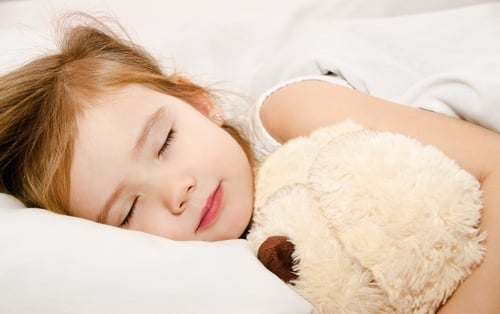Treating OSA in Kids Improves Behavior and Quality of Life.
New research shows that this treatment can improve the quality of life and behavior issues for children with sleep apnea. The findings appear in the American Journal of Respiratory and Critical Care Medicine.
3 Hours a Night Can Make a Big Difference
One of the issues with this treatment is that children may not want to wear the bulky mask while they sleep, but the study shows that even three hours a night is enough to make a big difference. “This was a surprise to me and made me feel better. Any use is better than no use,” Marcus says.
Surgery to remove tonsils and adenoids is typically the first step to treating obstructive sleep apnea in kids. But not all children are candidates for surgery, and for some, it may not cure the sleep apnea. Children who are obese, for example, may still have sleep apnea even after they have their tonsils and adenoids removed. Obesity is a risk factor for sleep apnea in adults and children.
Surgery Treatment of Choice for Kids With Sleep Apnea
Treating obstructive sleep apnea in kids will improve their behavior and quality of life, says Michael Rothschild, MD. He is the director of pediatric otolaryngology at Mount Sinai Medical Center in New York.
The real question is will kids wear this thing, he says. “From a practical point of view, young children are not always able to tolerate the mask. The thought of years of using the mask, especially during camp, or overnight stays is less appealing to parents and children.”
Also, PAP is an open-ended treatment. Surgery to remove enlarged tonsils and adenoids is sometimes a cure and has a high success rate. Rothschild says PAP may be more appropriate in children for whom there is not a simple fix such as surgery to remove the tonsils.
PAP does work in kids with obstructive sleep apnea, says Philip Alapat, MD, via email. He is an assistant professor of pulmonary, critical care, and sleep medicine at Baylor College of Medicine in Houston. “The results in the present study support the continued practice of attempting treatment of obstructive sleep apnea with PAP therapy in addition to the well understood therapies of tonsillectomy and adenoidectomy.”
If you are concerned that your child may have sleep apnea, contact Alaska Sleep Clinic today. Our Pediatric Medical Director, Dr. Harry Yuan and our board-certified sleep specialists are ready to help you find a solution for your child and family.
Click the picture below to download our FREE E-book on Pediatric Sleep Studies.





